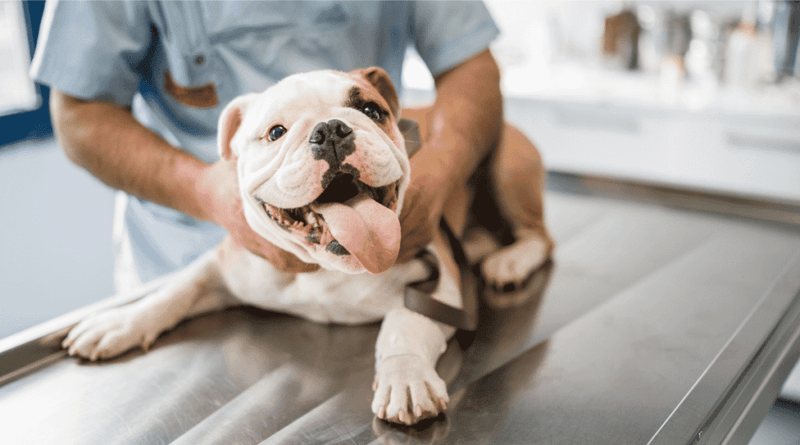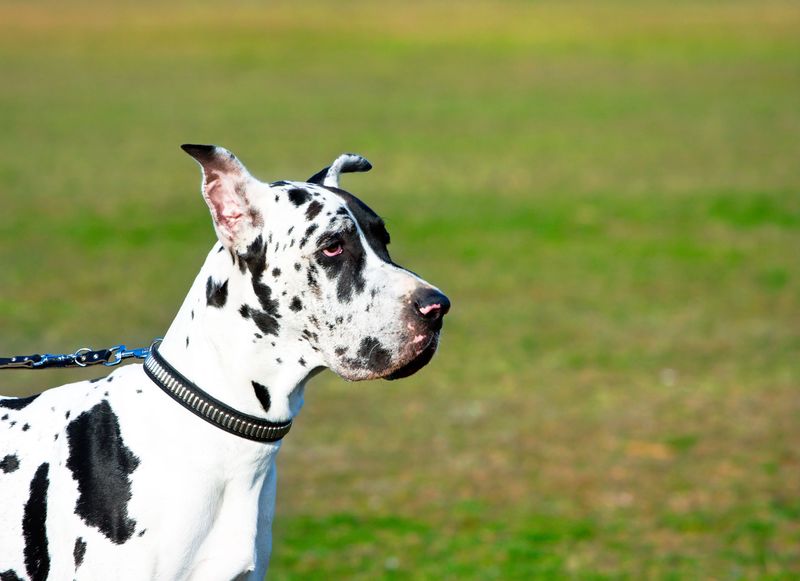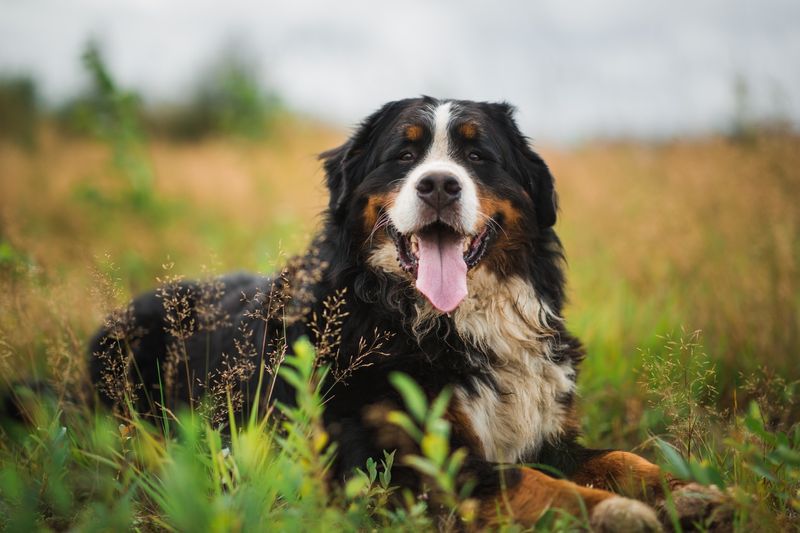Living in the Big Apple comes with premium price tags on everything: including pet insurance! New York’s high veterinary costs, urban hazards, and breed-specific health issues create the perfect storm for eye-watering insurance rates.
Whether you’re a current dog parent or dreaming of adding a furry friend to your family, knowing which breeds might break the bank on insurance can help you plan your pet budget better.
1. English Bulldog

Those adorable wrinkles hide a multitude of health problems that make insurers sweat! English Bulldogs frequently struggle with breathing issues, joint problems, and skin infections—all practically guaranteed to have you on a first-name basis with your vet.
Their brachycephalic (flat-faced) features might look cute in Instagram photos, but they lead to costly respiratory treatments that insurance companies definitely factor into their premiums. Heart conditions and overheating tendencies further complicate matters.
New York’s summer humidity? Absolute nightmare for these pups, often resulting in emergency vet visits that make insurance companies cringe.
2. Great Dane

Great Danes may look majestic strutting through Central Park, but their predisposition to bloat, heart disease, and hip dysplasia sends insurance actuaries into a frenzy of calculation.
Their massive size means everything costs more, from medication dosages to surgical procedures. A single operation can cost as much as a semester of college tuition!
Plus, their heartbreakingly short lifespan (typically 7-10 years) means companies often charge more to offset the likelihood of major health interventions.
3. French Bulldog

Spotted everywhere from SoHo to the Upper East Side, these fashionable furballs come with unfashionable insurance costs! French Bulldogs have exploded in popularity among New York’s apartment dwellers, but their genetic predispositions make insurers nervous.
Breathing difficulties, spinal problems, and allergies plague these pint-sized pups, leading to frequent specialist visits. Their inability to naturally reproduce (most require C-sections) hints at just how many health issues breeders have inadvertently created while developing their distinctive look.
Frenchies particularly struggle in New York’s summer heat, often requiring emergency treatment for heat stroke—a fact insurance companies are painfully aware of.
4. Bernese Mountain Dog

Fluffy, friendly, and frighteningly expensive to insure! Bernese Mountain Dogs turn heads in Brooklyn’s Prospect Park, but their tragically short lifespans (6-8 years) and predisposition to cancer make insurance companies extremely cautious.
Their thick coats, perfect for Swiss mountains, struggle in New York’s humid summers, leading to overheating and skin issues that require veterinary intervention. Joint problems run rampant in the breed, with many needing expensive surgeries before they even reach middle age.
What’s particularly heartbreaking is how these gentle giants often face costly end-of-life care at a young age compared to other breeds.
5. Rottweiler

Behind that confident stance lurks a laundry list of potential health issues that make insurers reach for their premium calculators! Rottweilers face significant risks of cancer, heart problems, and joint issues that frequently require specialized care.
New York insurers add another layer of cost: breed-specific liability concerns. Though these dogs can be perfect gentlemen with proper training, their reputation means higher liability coverage requirements in many NYC buildings and neighborhoods.
Their large size compounds matters further. Add in their tendency toward obesity in urban environments with limited exercise space, and you’ve got a recipe for insurance rates that might leave you feeling like you need a second mortgage just to cover your loyal companion.
6. Dogue de Bordeaux

Remember that slobbery dog from “Turner & Hooch”? His real-life insurance premiums would make Tom Hanks faint! These massive mastiff relatives typically live just 5-8 years, making insurance companies immediately suspicious about potential health costs compressed into a short lifespan.
Heart problems plague the breed, with many developing congestive heart failure before age 5. Their deeply wrinkled faces lead to chronic skin infections, while their brachycephalic features create breathing difficulties that worsen in New York’s humid summers.
Finding an NYC apartment that allows these gentle giants is challenge enough, then comes the insurance sticker shock. Their combination of size (often exceeding 100 pounds), short lifespan, and numerous health concerns creates the perfect storm for premiums that might exceed your cable, phone, and streaming services combined!
7. Mastiff

Manhattan veterinarians often need special equipment just to treat these giants, with costs reflected directly in your insurance rates.
Hip dysplasia runs rampant in the breed, frequently requiring surgeries costing upwards of $5,000 per hip. Their predisposition to bloat (a potentially fatal condition requiring emergency surgery) keeps insurance actuaries up at night calculating risk factors.
The crowded streets of New York present another challenge: finding adequate exercise space to prevent obesity and related health issues. Many Mastiffs develop heart problems and joint issues exacerbated by city living, creating a perfect storm of insurance concerns.
8. Standard Schnauzer

While healthier than some breeds on this list, Standard Schnauzers still face several conditions that make New York insurers nervous.
Their predisposition to diabetes requires lifelong management, particularly challenging in a city known for its dog bakeries and treat-happy pedestrians. Urinary stones frequently plague the breed, requiring specialized diets and sometimes emergency procedures that can strain both your patience and wallet.
Perhaps most concerning to insurers is the breed’s tendency toward pancreatitis: a painful, potentially recurring condition requiring intensive care. Add in their characteristic Schnauzer bumps (comedone syndrome) requiring dermatological attention, and you’ve got a distinguished gentleman whose insurance premiums might leave you feeling distinctly undignified when the bill arrives!
9. Parson Jack Russell Terrier

Parson Jack Russells’ legendary activity levels can lead to injuries when confined to typical New York apartments, with torn ligaments and broken bones from ill-advised leaps off furniture being distressingly common.
Their hunting heritage and high prey drive means many find themselves chasing squirrels into Central Park traffic or darting after rats on subway platforms, scenarios that make insurance underwriters cringe. Dental issues plague the breed, requiring specialized (and expensive) cleaning and extractions.
Perhaps most concerning to insurers is their tendency toward lens luxation, a painful eye condition requiring emergency intervention. These feisty little dogs often live 15+ years, meaning insurers calculate decades of potential claims when setting those eye-watering premiums that leave many New Yorkers doing a double-take!
10. Pudelpointer

“A what-pointer?” you might ask. This uncommon German hunting breed might raise eyebrows at Washington Square Park and cause gasps when you see their insurance quotes! Their rarity in the US means finding specialized veterinary care in New York can be challenging and expensive.
Though generally healthy working dogs, Pudelpointers can suffer from hip dysplasia and certain genetic eye conditions that make insurers cautious. Their high energy requirements, when unfulfilled in urban environments, can lead to destructive behaviors and stress-related health issues.
What really drives up premiums is the simple law of small numbers, with fewer Pudelpointers insured nationwide, companies have less data to work with and often charge higher rates to compensate for this uncertainty.
